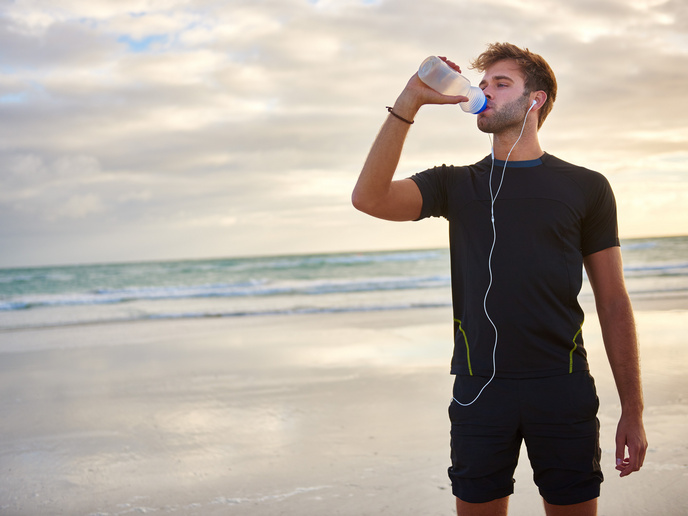Making seawater drinkable with clean technology
Freshwater represents only around 3 % of all water on Earth(opens in new window), and most of it is locked up in ice. As climate change is driving water scarcity, including in Europe(opens in new window), we increasingly turn to desalinated seawater(opens in new window) as a solution. While feasible, desalination has so far been a costly and environmentally damaging process involving expensive technology, high energy consumption, hazardous chemicals and harmful by-products. However, this could be about to change. The EU-funded SonixED project, hosted by Belgian start-up Hydro Volta(opens in new window), has delivered a patented desalination technology offering a greener, more affordable alternative to established methods such as reverse osmosis(opens in new window). “Our system seamlessly integrates electrodialysis reversal(opens in new window) (EDR) with ultrasound. This synergy increases desalination efficiency, drastically reduces the environmental footprint and achieves an unparalleled water recovery rate,” says George Brik, CEO and co-founder of Hydro Volta.
A self-cleaning system
When salt compounds dissolve in water, they are separated into individual ions. Electrodialysis removes these ions based on their electrical charge by pulling them through layers of membranes with alternating electrical charge. In EDR, the flow of the applied current is reversed as a cleaning procedure, preventing salts and fine organic material from accumulating on the membrane surface. While minimising this accumulation, EDR cannot eliminate it altogether. That’s where ultrasound comes in. The novel process uses the mechanical force of sound waves to counteract membrane fouling, eliminating the need for harmful chemicals. The combination of the two technologies also reduces energy use because the process requires less pressure while producing less saline discharge and less waste water. “The dual mechanism ensures efficient water desalination while preserving membrane performance and longevity,” Brik notes.
Containers for every need
The SonixED technology can be deployed in the form of containers. This approach allows for scalability while offering the possibility of tailoring the system to demand. “The modular units can be integrated with existing infrastructure or function as independent installations,” Brik says. The hybrid technology can be used to treat seawater and brackish water. Both applications were successfully tested during a large-scale field trial with Belgian water supply companies. The containerised SonixED system was deployed at the desalination plant of utility company Farys in Ostend, where it was integrated into the existing microfiltration set-up. The rate of conversion to drinking water achieved during the trial exceeded 85 % and highlighted energy savings of up to 47 % for a projected output of 500 m3/hr.
Treatment of cooling water to prevent discharge
SonixED’s innovation can also be applied to treating blowdown water(opens in new window) from cooling systems. Using the same hybrid technology, this version of the container system could enable industries to reuse process water as raw water. In a trial with chemical giant BASF, the project team deployed a container at the company’s Schwarzheide facility in Germany. The large-scale test revealed high energy efficiency with consumption of just 0.164 kWh per m3 of purified water. “In the realm of cooling tower blowdown applications, we are looking at a potential waste water reduction of up to 98 %, setting us on the path towards the implementation of zero liquid discharge(opens in new window) (ZLD) solutions,” Brik remarks. Hydro Volta is currently finalising the development and testing of its SonixED technology. With the pilot phase drawing to a close, they are now raising funds to bring it to the market. To move towards commercialisation, they have also been working with local administrations, environmental organisations as well as manufacturing, logistics and water treatment industry leaders.







